When the Texas summer heat finally begins to wane, it’s the perfect time to breathe new life into your garden. Fall in Texas offers an ideal climate for growing a variety of herbs that can enhance your culinary adventures and bring a burst of color to your outdoor space. In this article, we’ll explore the “10 Best Fall Herbs to Plant in Texas” that will thrive in the Lone Star State’s autumn conditions.
1. Cilantro – The Flavorful Favorite
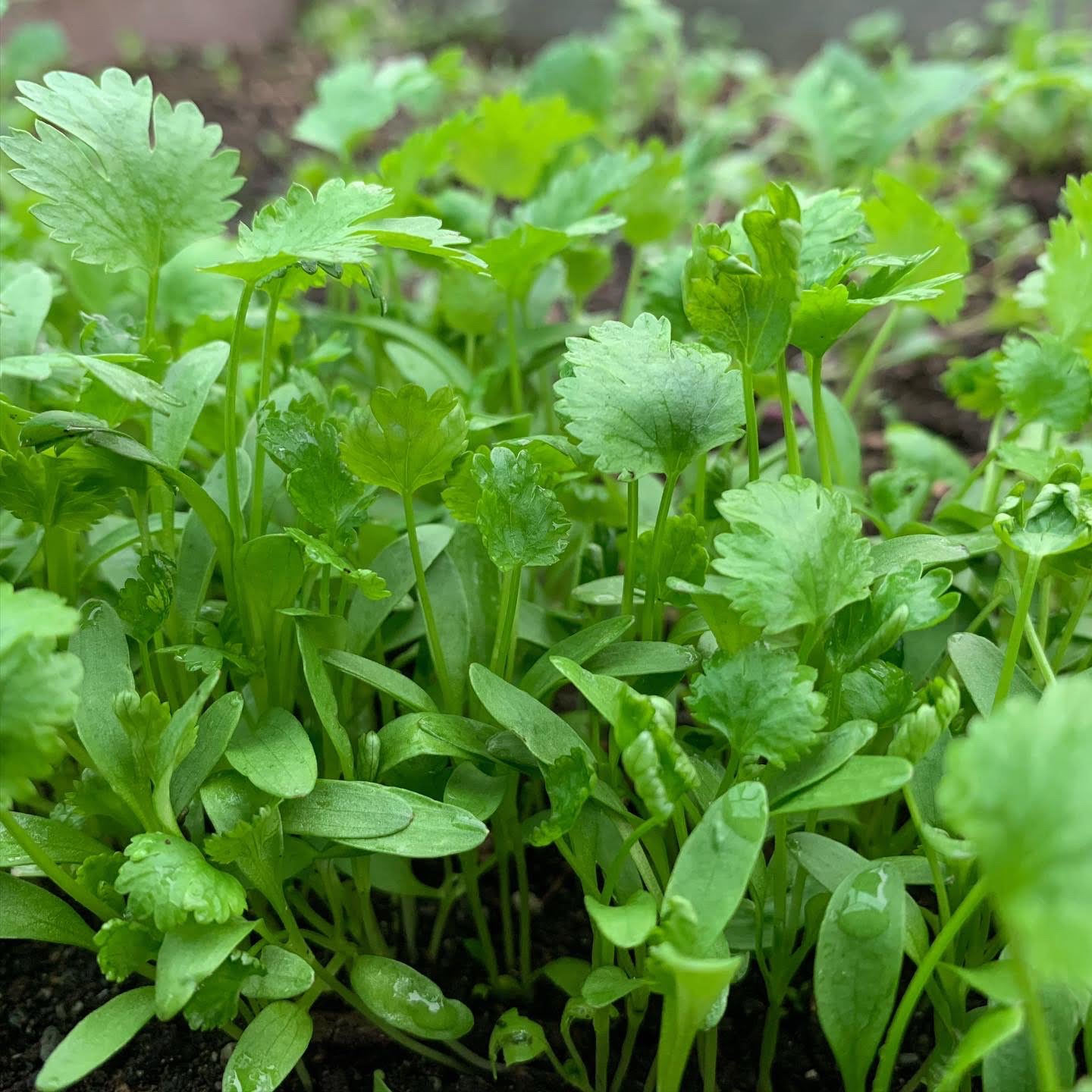
Cilantro, often dubbed the “Flavorful Favorite” in the culinary world, holds a special place in the hearts of many Texas gardeners and food enthusiasts alike. This vibrant herb, with its fresh and zesty flavor profile, stands as an absolute must-have in any Texas herb garden, especially during the cooler fall temperatures. Let’s discuss more why cilantro is rightfully considered one of the top 10 herbs to cultivate in the Texan autumn.
Cilantro’s Love for Cool Fall Temperatures
Cilantro’s unique appeal during the fall season lies in its preference for cooler weather. While some herbs may wither as the temperatures drop, cilantro thrives, boasting a flavor that intensifies and becomes more complex as the mercury dips. This resilience to the mild Texan autumn is a boon for gardeners seeking robust herbs for their fall gardens.
Zest in Every Bite
Cilantro brings a burst of zest to your culinary creations. Its distinct, citrusy notes elevate a wide range of dishes, making it an essential component of Tex-Mex cuisine. From salsas to soups, cilantro’s presence can transform a mundane meal into a flavorful fiesta. The leaves, stems, and even the roots of cilantro are edible, providing an array of taste and texture possibilities for your dishes.
Gardening Tips For Cilantro
For aspiring herb gardeners, cilantro is a welcoming choice. It grows readily from seeds and thrives in well-draining soil with plenty of sunlight. Plant it in containers or directly in your garden beds; either way, cilantro is forgiving and adaptable.
2. Rosemary – Fragrant and Hardy
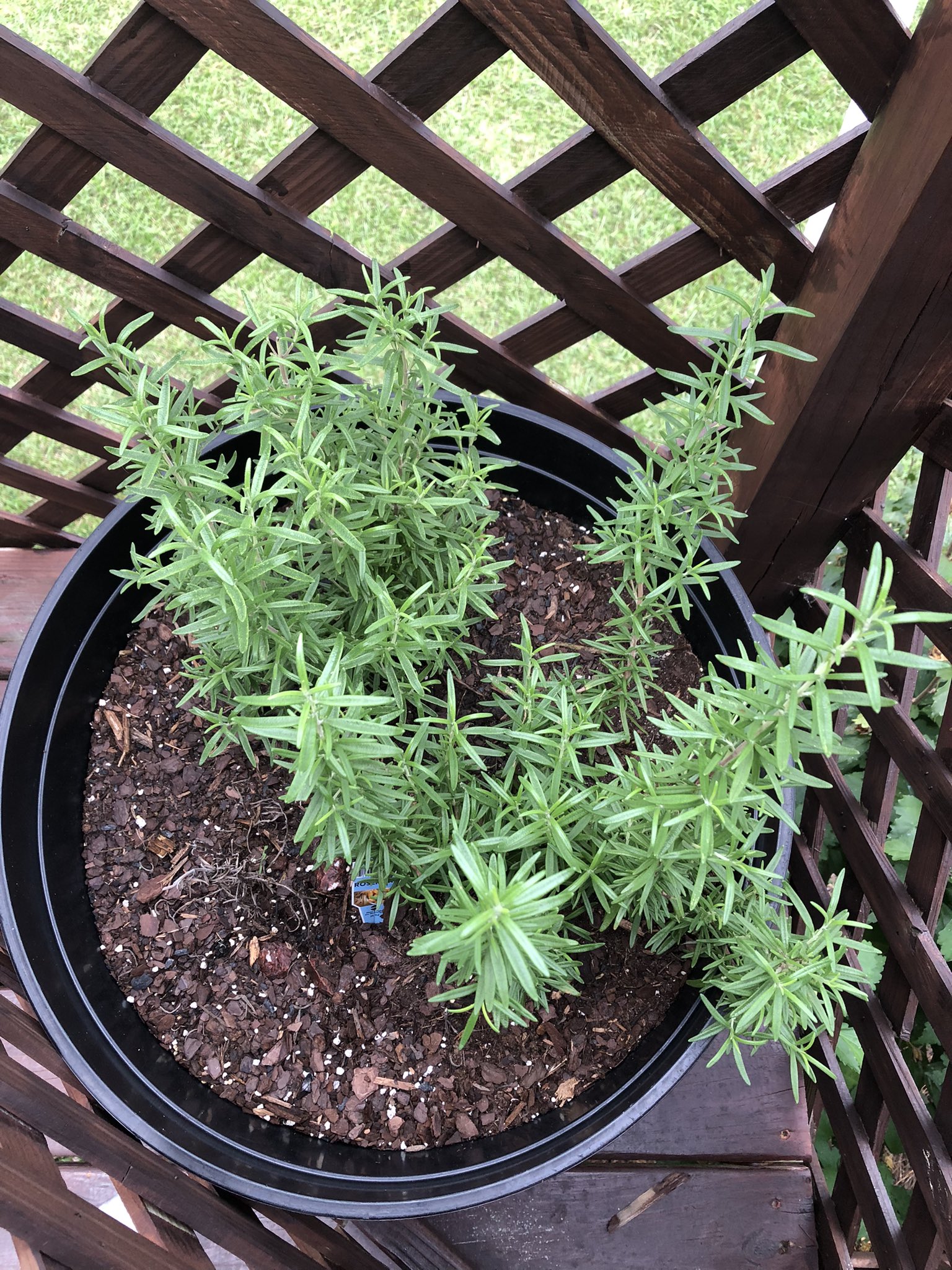
Rosemary, often referred to as the “Fragrant and Hardy” herb, is a cherished addition to any Texas garden. This herb possesses exceptional resilience, making it a reliable choice that can endure Texas’ mild winters while offering an array of delightful culinary and aromatic benefits.
Below are reasons why rosemary a standout among the “10 Best Fall Herbs to Plant in Texas.”
Hardiness in Texas’ Mild Winters
One of the standout features of rosemary is its remarkable hardiness, especially in the context of Texas’ mild winters. While many herbs might succumb to the chillier temperatures, rosemary stands strong, almost as if it thrives on the challenge. This robust nature makes it an ideal herb for Texan gardeners looking to maintain a flourishing garden year-round
An Aesthetic and Fragrant Addition to Your Garden
Beyond its culinary merits, rosemary is known for its aesthetic appeal in the garden. Its evergreen foliage adds texture and color to your outdoor space, and its woody stems can be pruned into various shapes, turning it into a beautiful ornamental shrub. Moreover, the delightful fragrance that lingers in the air around rosemary plants makes your garden a more inviting and sensory-rich environment.
Gardening Tips For Rosemary
Rosemary is a low-maintenance dream. It thrives in well-drained soil and requires minimal attention. Its adaptability to both container and in-ground gardening makes it accessible to gardeners of all skill levels.
3. Basil – A Taste of Italy
Basil, often celebrated as “A Taste of Italy,” is a herb that truly flourishes during the fall season, making it a superb addition to your Texas garden. With its aromatic leaves that are a staple in Italian cuisine, basil brings a touch of Mediterranean magic to your culinary adventures.
Gardening Tip For Planting Basil In The Fall
Basil’s ability to thrive in the fall, its essential role in Italian cuisine, and its love for the sun make it a star herb in any Texas garden. So, whether you’re dreaming of homemade pesto, flavorful pastas, or simply want to infuse your dishes with Mediterranean flair, basil is your go-to herb. Plant it in that sunny spot, watch it flourish, and embark on a delicious journey to Italy without leaving your garden.
4. Thyme – Versatile and Delicate
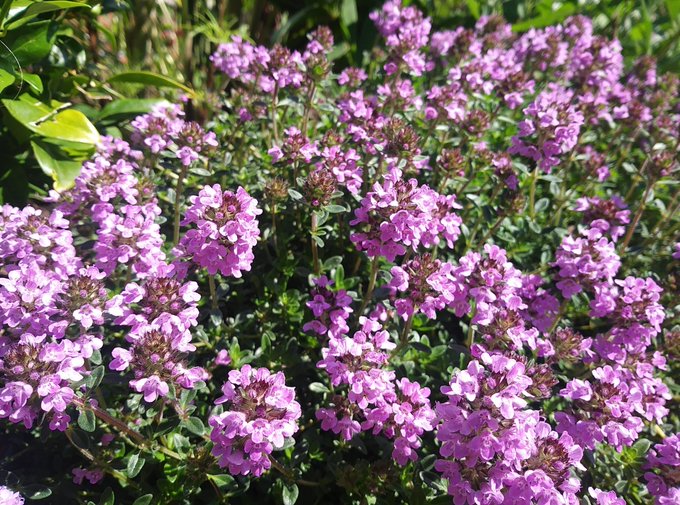
Thyme, often celebrated for being “Versatile and Delicate,” is a herb that brings a touch of elegance to your Texas garden and culinary creations alike. As fall rolls around, thyme stands out as one of the Best Fall Herbs to Plant in Texas. Its versatility, delicate leaves, and earthy flavor make it an essential herb to have at your fingertips.
Thyme is a culinary chameleon. Its versatile nature allows it to pair harmoniously with a wide range of dishes, making it a go-to herb for both novice and seasoned chefs. Whether you’re roasting vegetables, preparing poultry, seasoning soups, or crafting sauces, thyme can elevate your culinary creations with its subtle yet distinctive flavor.
Gardening Tips for Thyme
To ensure the best results when growing thyme in your Texas garden, it’s essential to provide it with well-drained soil. Thyme dislikes sitting in waterlogged soil, so choose a location with good drainage. Full sun is also preferred for thyme, as it encourages vigorous growth and enhances the concentration of essential oils responsible for its flavor.
5. Sage – A Thanksgiving Necessity
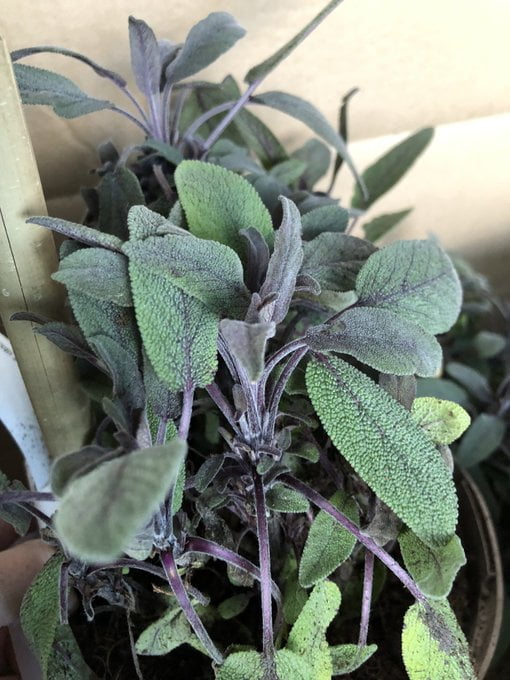
Sage, often hailed as “A Thanksgiving Necessity,” is a herb deeply ingrained in the heart of fall and cherished by many for its association with this festive season. As fall approaches, sage rightfully claims its place among the “10 Best Fall Herbs to Plant in Texas.” This classic herb, with its rich history and culinary significance, not only enhances Thanksgiving stuffing but also stands as a resilient companion in the face of Texas’ unpredictable weather.
Gardening Tips for Sage
When planting sage, ensure it receives plenty of sunlight, ideally at least 6 hours of direct sunlight daily. It thrives in well-drained soil and prefers a slightly alkaline pH level. Pruning sage regularly encourages bushier growth and a more bountiful harvest.
Sage’s association with Thanksgiving, its drought tolerance, and its adaptability to Texas’ ever-changing weather patterns make it a herb of undeniable importance in the fall garden. Whether you’re crafting the perfect stuffing, seeking potential health benefits, or simply relishing the comforting aroma of this classic herb, sage embodies the spirit of autumn in Texas. So, plant it with confidence, and let it grace your garden and your Thanksgiving table with its rich and timeless presence.
6. Chives – A Mild Onion Flavor
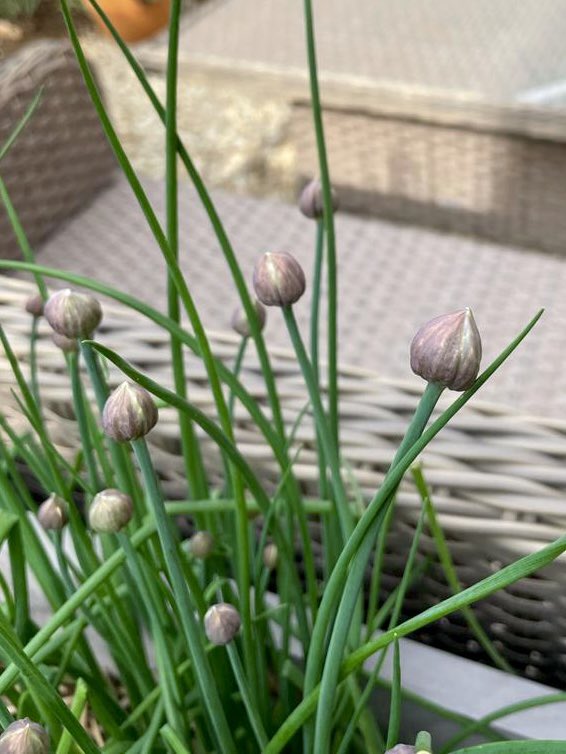
Chives, often regarded as “A Mild Onion Flavor,” are a delightful herb that adds a gentle hint of oniony goodness to your culinary creations.
Let’s explore why chives are a must-have herb for garnishing salads, baked potatoes, and creamy soups.
Mild Onion Flavor
Chives are prized for their mild onion flavor, which is more delicate and subtle compared to their larger onion relatives. This gentle oniony essence makes them an excellent choice for those who want to add a touch of onion flavor without overwhelming the dish.
Planting Chives in the Fall
One of the unique aspects of chives is that they can be planted in the fall. This makes them a perfect addition to your autumn garden plans. Plant them in well-draining soil in a sunny or partially shaded spot, and watch them thrive even as the temperatures start to cool.
7. Mint – A Refreshing Twist
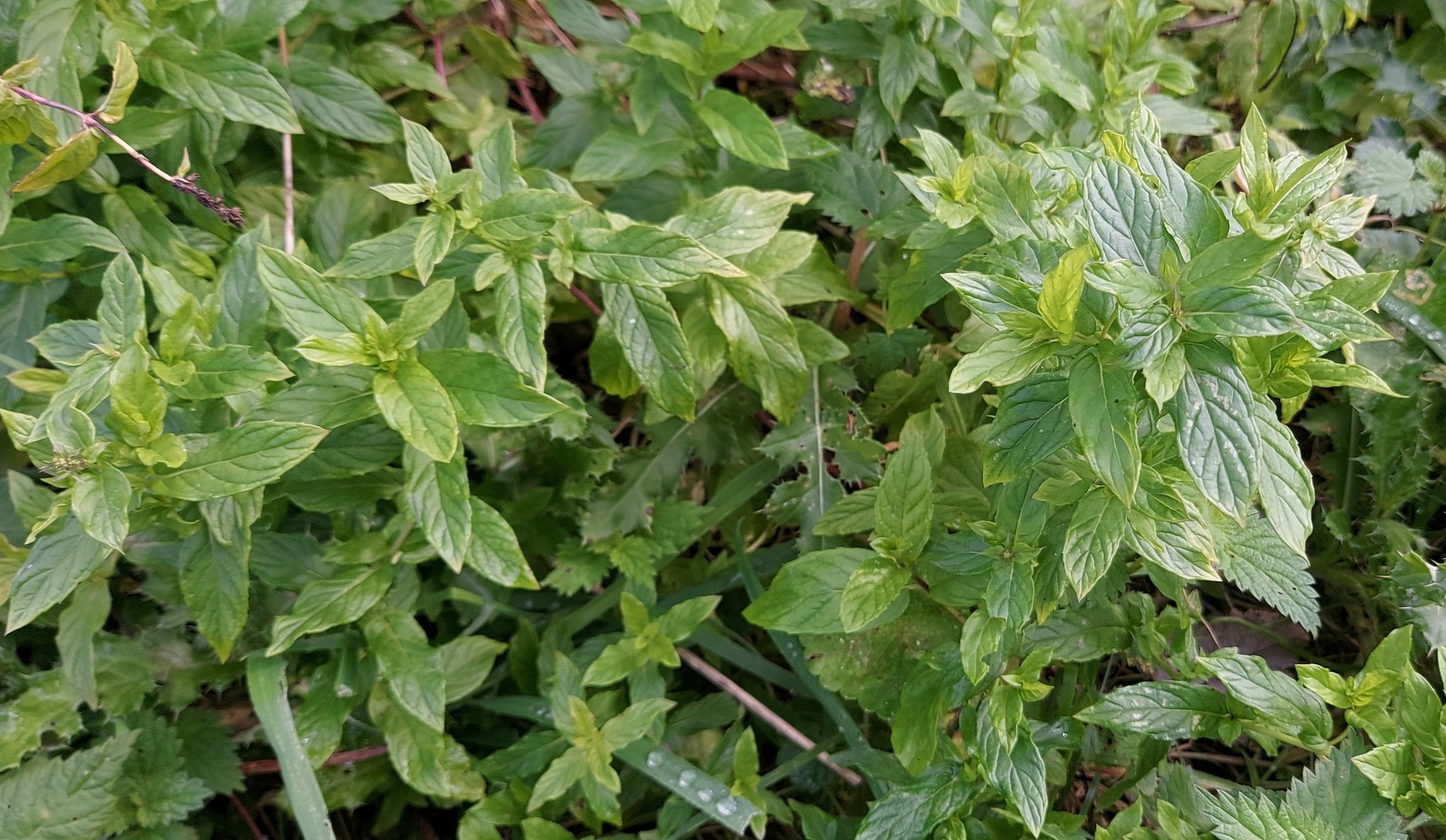
Mint, celebrated for its “Refreshing Twist,” is a resilient herb that promises to thrive in your Texas garden, even as the fall season approaches. Mint offers a burst of cool and invigorating flavor that can transform your autumn beverages and desserts.
Mint’s flavor is synonymous with refreshment. Its leaves, when crushed or steeped, release a cool and invigorating essence that can elevate your culinary creations.
Gardening Tips for Mint
Growing mint is relatively easy, but it’s essential to keep its enthusiastic growth in check. Plant mint in well-draining soil, preferably in a container to prevent it from spreading uncontrollably in your garden. Mint enjoys partial shade but can tolerate full sun if provided with sufficient moisture.
8. Parsley – Fresh and Vibrant
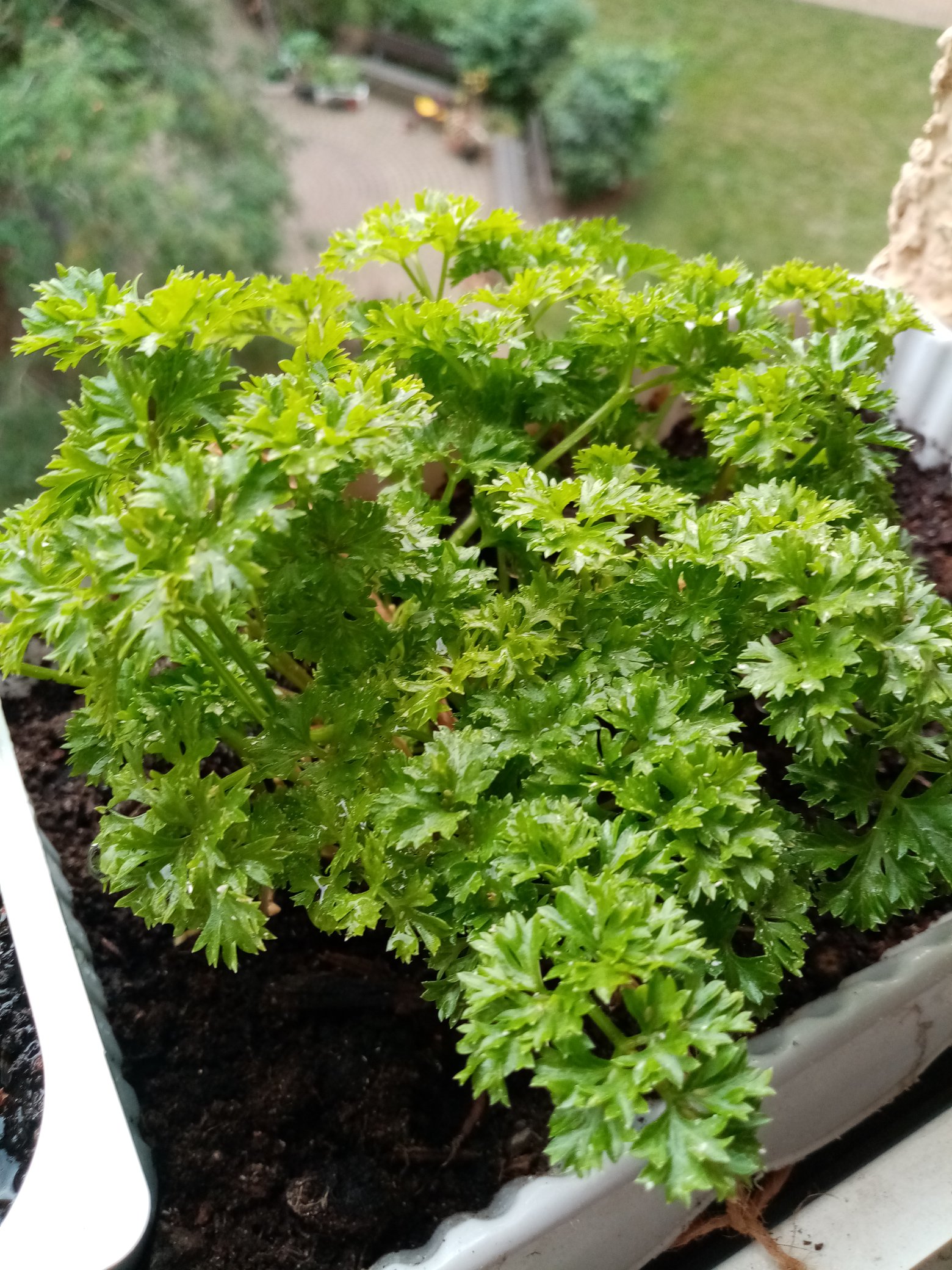
Parsley, celebrated for its “Fresh and Vibrant” qualities, is a herb that injects a burst of liveliness into your dishes, especially during the cooler fall months. As a cool-weather herb, it gracefully secures its place among the “10 Best Fall Herbs to Plant in Texas,” proving that it’s more than just a garnish – it’s a bona fide flavor enhancer that can elevate your culinary creations to new heights.
Gardening Tips for Parsley
To cultivate parsley successfully in your Texas garden, choose a location with well-draining soil and partial to full sun exposure. Water consistently to keep the soil evenly moist, as parsley prefers consistent moisture levels. Consider growing parsley in containers or raised beds to ensure good drainage.
Parsley’s freshness, compatibility with cool weather, and ability to enhance flavors make it an indispensable addition to the “10 Best Fall Herbs to Plant in Texas.” Whether you’re adding a finishing touch to a soup, lending a vibrant note to a salad, or seeking to balance the richness of a dish, parsley’s fresh and vibrant presence will elevate your fall culinary endeavors. So, plant it in your garden, and let its lively essence infuse your autumn recipes with an irresistible burst of flavor and vibrancy.
9. Oregano – Robust and Flavorful

Oregano, the unsung hero of the herb garden, boasts a robust flavor that’s nothing short of a culinary powerhouse. Its versatility and resilience, especially in cooler temperatures, earn it a well-deserved spot among the “10 Best Fall Herbs to Plant in Texas.” Whether you’re whipping up Italian classics or diving into the vibrant world of Mexican cuisine, oregano’s flavor will be your trusty sidekick in the kitchen.
Growing Oregano
To cultivate oregano successfully, choose a sunny spot in your garden with well-draining soil. Oregano isn’t particularly demanding when it comes to watering; it prefers to dry out slightly between waterings. Once established, it’s a hardy herb that requires minimal maintenance.
10. Lavender – Fragrance and Flavor
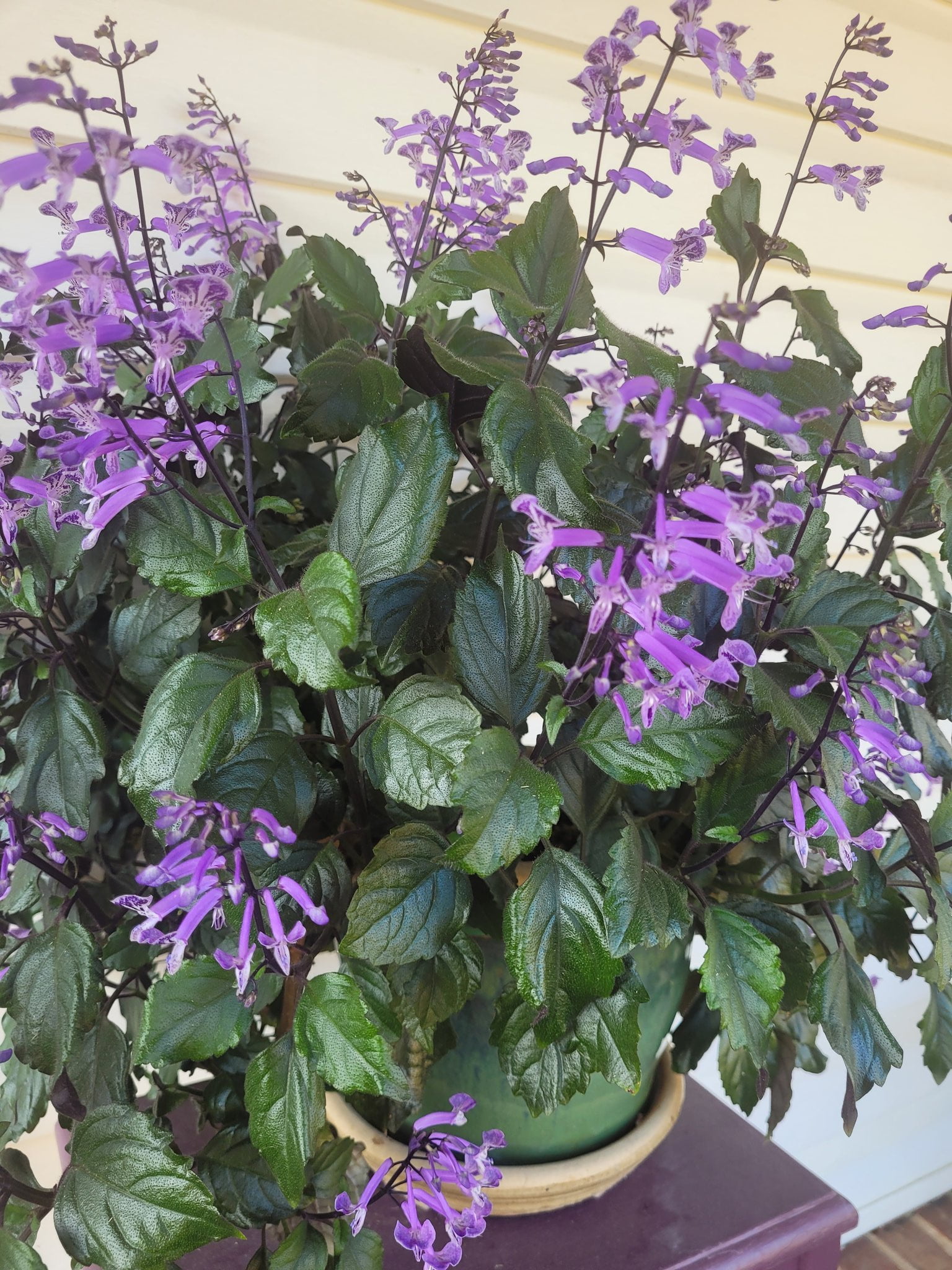
Lavender, renowned for its fragrant blooms, has a well-kept secret – it’s not just a delight for the senses but also a captivating culinary herb. This herb, when used sparingly, can add a unique and enchanting flavor to your baked goods and beverages.
lavender’s dual identity as a fragrant beauty and a culinary herb makes it a captivating addition to the “10 Best Fall Herbs to Plant in Texas.” While it’s not a herb to be used with abandon, sparingly incorporating lavender into your baked goods and beverages can elevate them to new heights of flavor and elegance.
Gardening Tips for Lavender
Growing lavender successfully requires well-draining soil and full sun exposure. Lavender is drought-tolerant and doesn’t thrive in overly moist conditions. Pruning your lavender plant after flowering can help maintain its shape and encourage new growth.
Conclusion
As fall approaches in Texas, these “10 Best Fall Herbs to Plant in Texas” will bring flavor and vibrancy to your garden and kitchen alike. Whether you’re a seasoned gardener or a beginner, growing these herbs will be a rewarding experience. So, roll up your sleeves, grab your gardening tools, and let the planting begin. Your Texas autumn garden will thank you with a bountiful harvest of flavor and fragrance.
